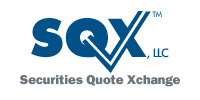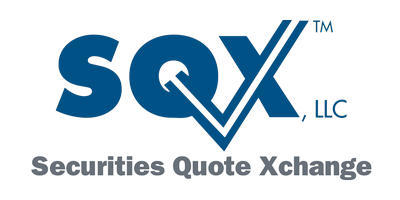
Crypto Crash Exposes the Vulnerability of Institutional Assets: The Importance of Crypto Exposure Surveillance
Last week’s crypto crash sent tremors through the broader market due to the increasing exposure that institutional investors have to crypto volatility. Treasury Secretary Janet Yellen called last week for increased regulation of cryptocurrencies, stating in a Senate hearing Tuesday that “digital assets may present risks to the financial system” and that stablecoins in particular are a “rapidly growing product” that present “rapidly growing risks.”
The problem is, regulation will likely legitimate and accelerate crypto’s integration into the broader market, and thus actually increase some forms of risk exposure. It’s hard to imagine that regulation will do much to moderate the volatility that’s always been endemic to the crypto market, especially unbacked currencies such as bitcoin and Ethereum.
In short, crypto may continue to carry substantial risk, a risk that would be increasingly felt by traditional financial institutions as they respond to the public’s desire for crypto and other digital assets.
But the devil here will be in the details. How will the holdings of a mutual fund or a trust be affected if more and more companies, like Microstrategy, start holding large portions of their cash in bitcoin? How will volatile changes in corporate assets or sovereign debt impact the value of derivatives on fixed-income instruments? These details will likely proliferate, and it will become more and more difficult for asset managers and compliance officers to have any accurate idea of their risk exposure.
SQX’s crypto exposure surveillance tracks the full range of global securities and derivatives exposed to the cryptocurrency ecosystem. For ETFs we also show the ratio of digital assets to total holdings, plus we calculate a qualitative weighting of the security’s exposure and indicate the correlations between the price of the security and the prices of Bitcoin and Ethereum.
Data like this may not solve the problem of increasing crypto exposure, but it can help compliance officers, regulators, exchanges, hedge funds, institutional investors, and custodians more accurately analyze their risk and take the necessary steps to protect the value of their entrusted assets.




